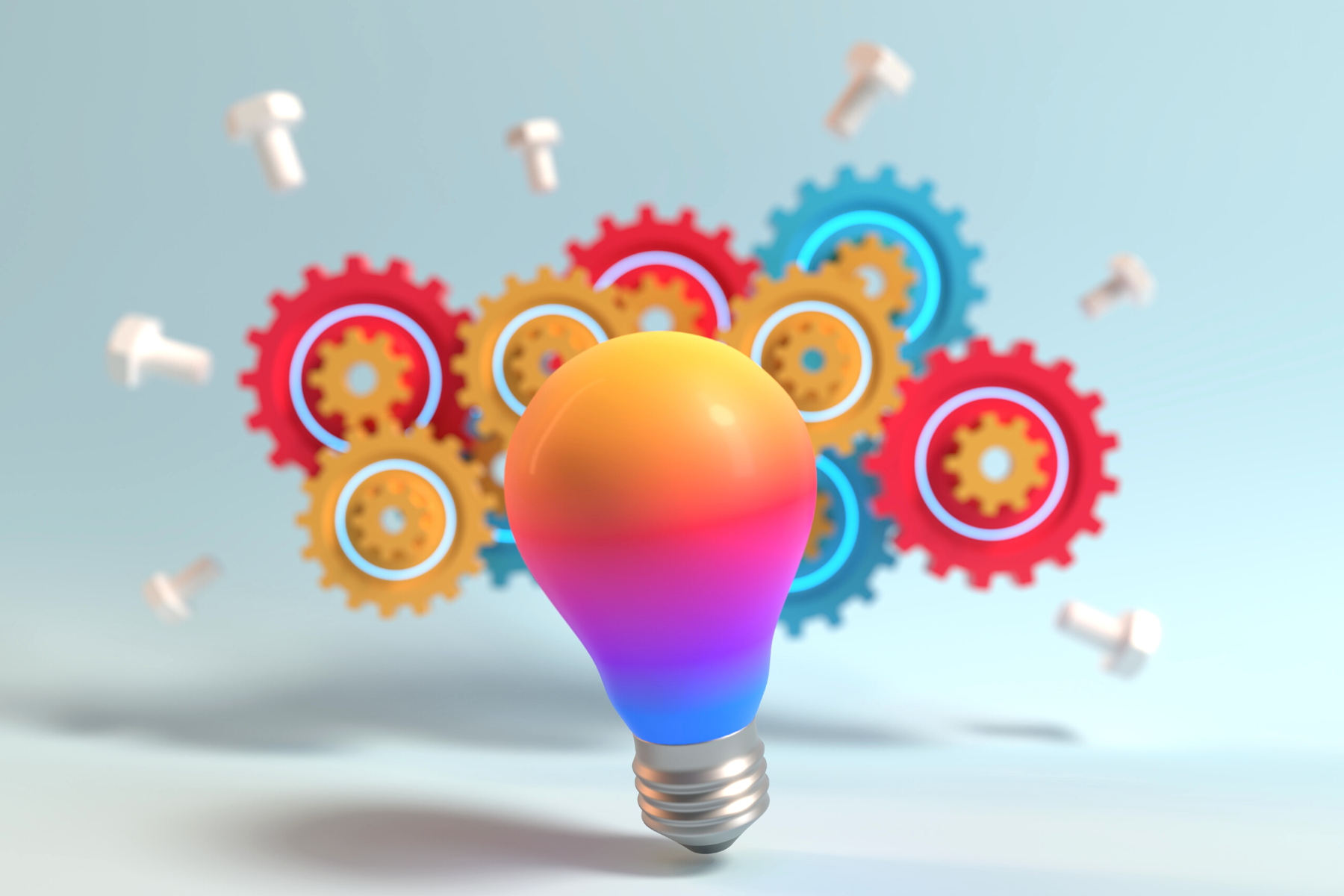Creative people often find themselves at crossroads, when it comes to problem solving.
On one hand, there is divergent thinking; where you come up with endless ideas and possibilities.
On the other hand, there is convergent thinking; which focuses on a single solution.
Let’s explore the two styles of creative problem solving in depth.



Divergent Thinking
Divergent thinking is a type of creative problem-solving that encourages coming up with multiple solutions to a given issue or challenge.
This method prioritizes quantity over quality, meaning that it's more important to come up with as many ideas as possible than to worry about how good they are.
Because divergent thinking allows for endless possibilities and doesn't require any specific criteria for success, it's often seen as an effective tool for brainstorming and generating wild—and potentially useful—ideas.
This style of thinking works well for complex problems because it allows for multiple paths towards resolution instead of just one answer, and an art journal is a perfect tool for documenting your ideas.
A divergent thinker is also well-suited to taking risks and trying out new ideas without being held back by the pressure to succeed.
Perfect for getting inspiration, there are no wrong answers with divergent thinking.


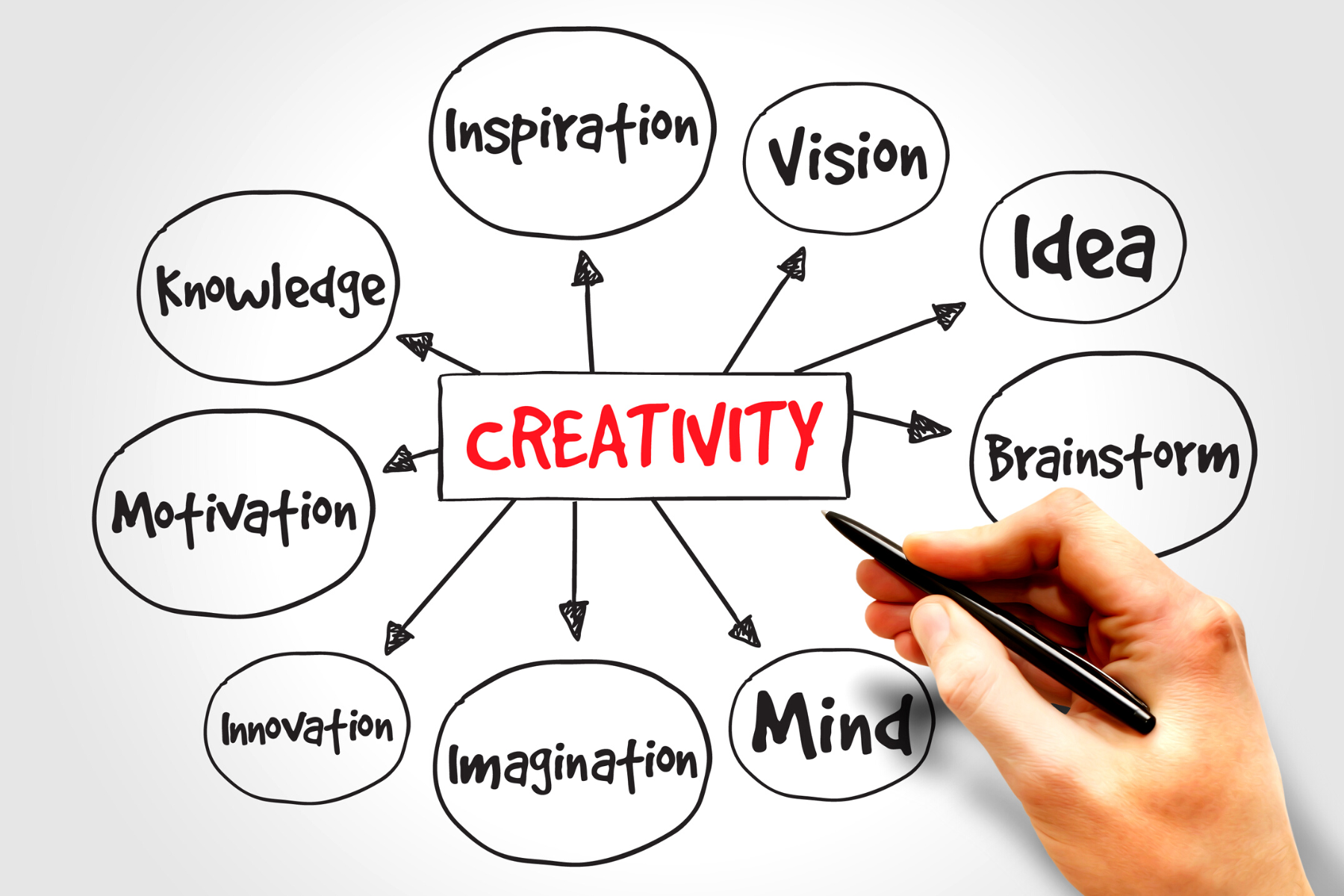
Convergent Thinking
Convergent thinking is usually used after the brainstorming process has been completed in order to narrow down those ideas into a manageable number of options that can be tested or implemented.
It involves analyzing data from various sources and synthesizing them together in order to make informed decisions about which direction to go in next.
Many times it's about finding the best solution for the task at hand.
This method is highly analytical and requires careful consideration of both facts and past experiences in order to decide what will work best for achieving success in the present situation.
While this type of thinking may not always yield groundbreaking results, its strength lies in its ability to quickly provide sound solutions without sacrificing quality or accuracy.
Convergent thinkers often excel in environments that require quick decision making, such as in business or engineering fields.



Idea Generation
When diving into the process of brainstorming, creative problem solving and generating ideas encourage divergent thinking.
This type of thinking encourages a person to explore different possibilities and ideas, without focusing on any particular solution.
This allows them to come up with a wide range of potential, creative solutions that can be further explored and analyzed using convergent thinking.
A lot of times, people think you need to choose one or another, convergent vs divergent thinking, but by combining the two types of thinking, creative people can come up with more innovative and effective solutions.



Why Thinking Types Matter
Whether you're a divergent or convergent thinker, both styles of the thinking process are essential for problem solving.
If you want to come up with multiple ideas, employ divergent thinking because it is important for generating great ideas and exploring possibilities.
Convergent thinking is important for making decisions and refining those ideas into actionable steps to help you find the "correct" answer.
By having an understanding of these two thinking types and how to use them, you can become an even more efficient problem solver, come up with better ideas, and make better decisions.

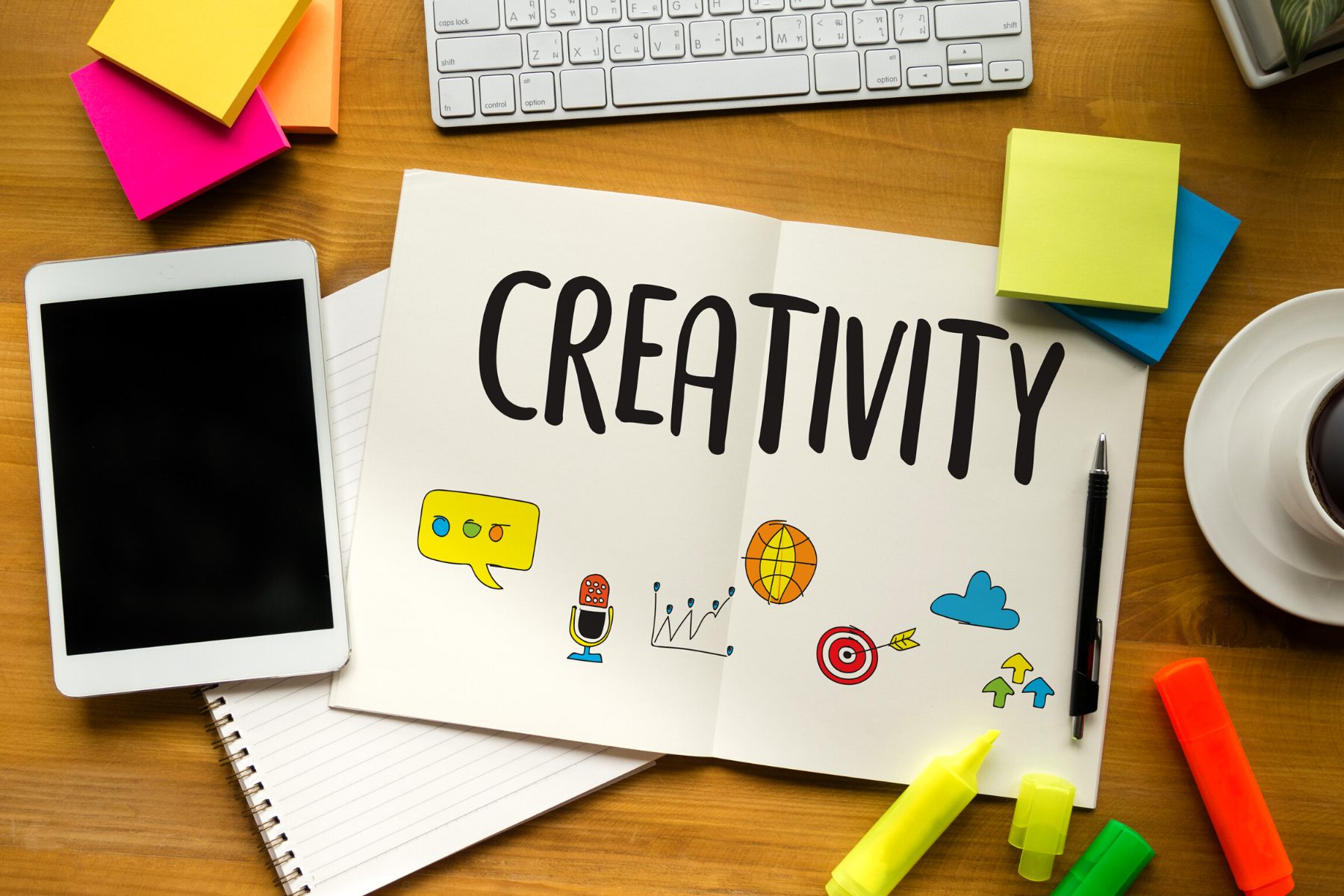

Benefits of Creative Thinking
Creative problem solving is not only a useful tool for coming up with creative ideas and solutions, but it also has many other benefits.
It encourages people to think outside the box, come up with new ideas and perspectives, explore opportunities for growth, cultivate a curious mindset, and become more resilient in the face of obstacles.
These skills can be applied to any field or area of life, allowing for greater success and personal development.
The ability to think creatively is a valuable asset for any individual, and having the knowledge of both divergent and convergent thinking can help take your ideas to the next level.
Whether you're a business professional, an artist, or simply looking for more creative ways to approach a problem, understanding and utilizing both types of thinking can make a big difference in your success.

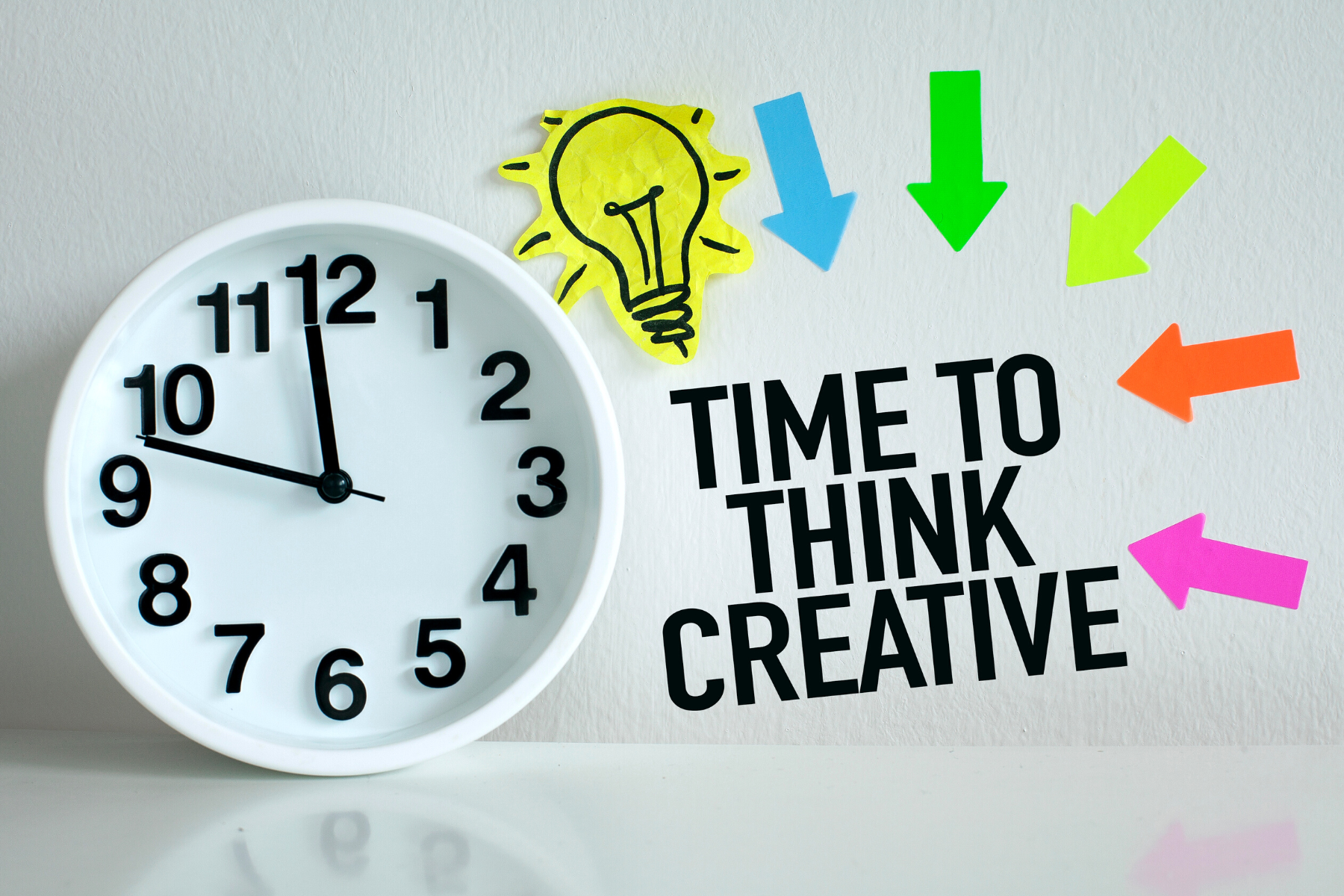

Drawbacks
Although both methods of thinking have their advantages, there are some drawbacks to consider.
For example, convergent thinking can result in a lack of creativity, as it relies heavily on existing knowledge and data.
Also, divergent thinking can be difficult to manage and organize if there are too many ideas generated.
It can also be difficult for some people to switch back and forth between the two types of thinking.
In order to ensure that the best ideas are generated and the most accurate decisions are made, it's important to be aware of both thinking types and how to use them effectively.
At the end of the day, it’s essential to understand and embrace both convergent and divergent thinking in order to become a better problem solver.
By combining the two, you can come up with higher quality ideas and make more informed decisions.
By understanding the different types of thinking and how to use them effectively, you can become an even more efficient problem solver.



Tips for Using Divergent and Convergent Thinking
If you're unsure of how to use divergent and convergent thinking effectively, here are some tips to help you get started:
1. Start with divergent thinking to generate ideas and then narrow down the possibilities with convergent thinking.
2. Take a break if you're feeling overwhelmed and come back to the problem with a fresh perspective.
3. Don't be afraid to experiment and explore new ideas.
4. Take time to analyze the potential solutions and consider their pros and cons.
5. Ask for help if you're feeling stuck.
6. Remain open to new ideas and perspectives.
By following these tips, you can become a better problem solver by using both divergent and convergent thinking.
When you understand the different types of thinking and how to use them effectively, you can come up with innovative and effective solutions.
Combine the two types of thinking to maximize your problem-solving capabilities and achieve greater success in all areas of life.



The Importance of Thinking in Creative Practices
Overall, convergent and divergent thinking both have their own set of benefits depending on the task at hand and your desired outcome.
When it comes to creative problem solving, understanding the benefits of both divergent and convergent thinking styles is key.
If you’re looking for a variety of solutions or a spark to get your creative juices flowing, then diverging can be helpful!
However, if you’re trying to come up with the most efficient solution based on data analysis then converging can prove more beneficial.
No matter which approach you take, both are highly valuable tools when used correctly!
Ultimately, having an open mind during problem-solving helps you gain insight into different strategies that can help you reach your goals faster and more efficiently!
When used effectively, convergent and divergent thinking can help you achieve greater success.
So, use the tips mentioned above to get started with both types of thinking and unlock your potential and create innovative solutions for your arts and crafts!

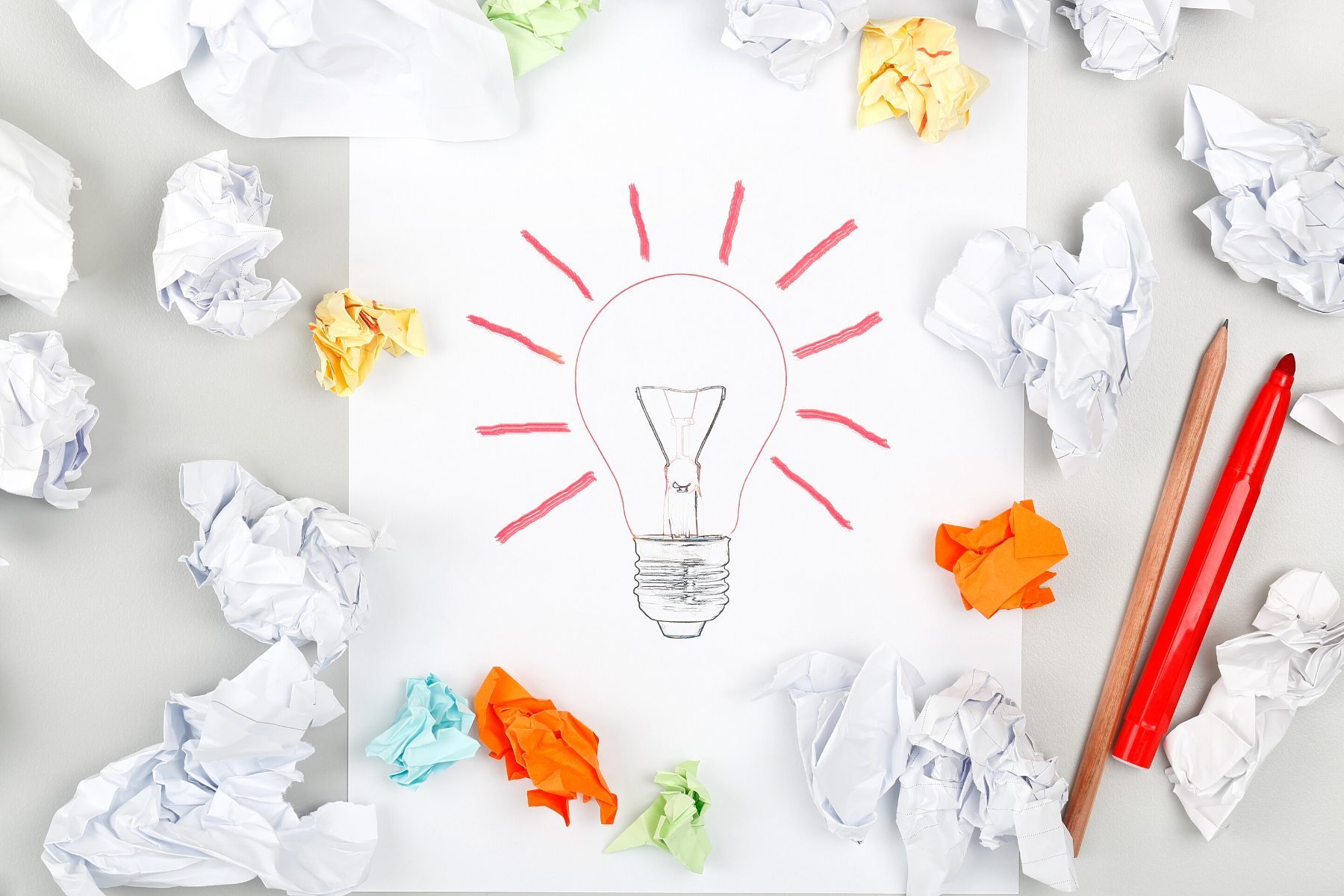

Looking to learn more about how these two modes of thinking impact your creativity and art? Check out Rachel Joseph's video!
Want even more content about creativity and art?
Be sure to check out all of our creative chronicles!
Interested in learning more about creativity?
Check out some of our other articles:
-Find inspirational music for creativity
